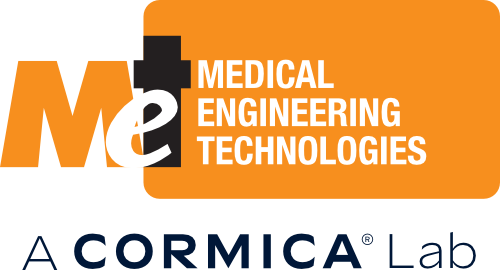A number of methods are used to accurately identify and quantify the wide array of chemicals found in cannabis products. The active canniboids formed by heating cannabis, THC and TBD can be measured by gas chromatography. This method is also applicable to precursors in certain presentations. The forms present in the plant THCa and CBDa are assessed by liquid chromatography. Cannabis plants are effective sponges for the chemicals found in the soil and environment. Therefor products should also be tested for pesticides and metals that could have been absorbed. Typical methods are liquid chromatography for pesticides and atomic absorption for metals. All the methods are extremely precise (when used in conjunction with mass spectroscopic detectors). However, interpretation of results can be complicated by the presence of large numbers of compounds. A lot of this complication comes from the aromatic terpenes which give the cannabis its flavour. There is of course a large number of cannabinoids which can also be measured individually with this technique.
If quantification of specific, individual materials is required the process can be simplified and accelerated by using more specific detection methods. The chromatography still separates the materials so the they can be examined individually, but detection methods such as UV absorbance or flame photometry can be used to quantify one compound and ignore the rest of the mixture.
Cannabis product assays include
- Potency
- Pesticide screening
- Terpene analysis
- Mycotoxin testing
- Residual solvents
- Heavy metals
- Lexicon
HPLC: high performance chromatography is a technique for separating tiny amounts of materials which are liquid at or around room temperature. It is like dropping ink onto blotting paper. The chemicals are separated in a tube like the colours on the paper.
GC: gas chromatography is similar to LC, but it is for materials that are gases at temperatures below a couple of hundred degrees Centigrade.
UV detection is a method of measuring the concentration of materials after separation. It will count all materials that absorb UV light at the wavelength being examined. The wavelength can be tuned to be specific to the material of interest. A range of wavelengths can be scanned because the material under investigation will most likely have a characteristic absorption spectrum.
Flame photometry: this is a method for quantifying the amount of a material that is present. It is only specific because the time taken for the chemical to pass through the chromatography column (tube) is known. A small gas flame is present at the end of the column. Changes in the colour of the flame indicate the passage of a new material.

